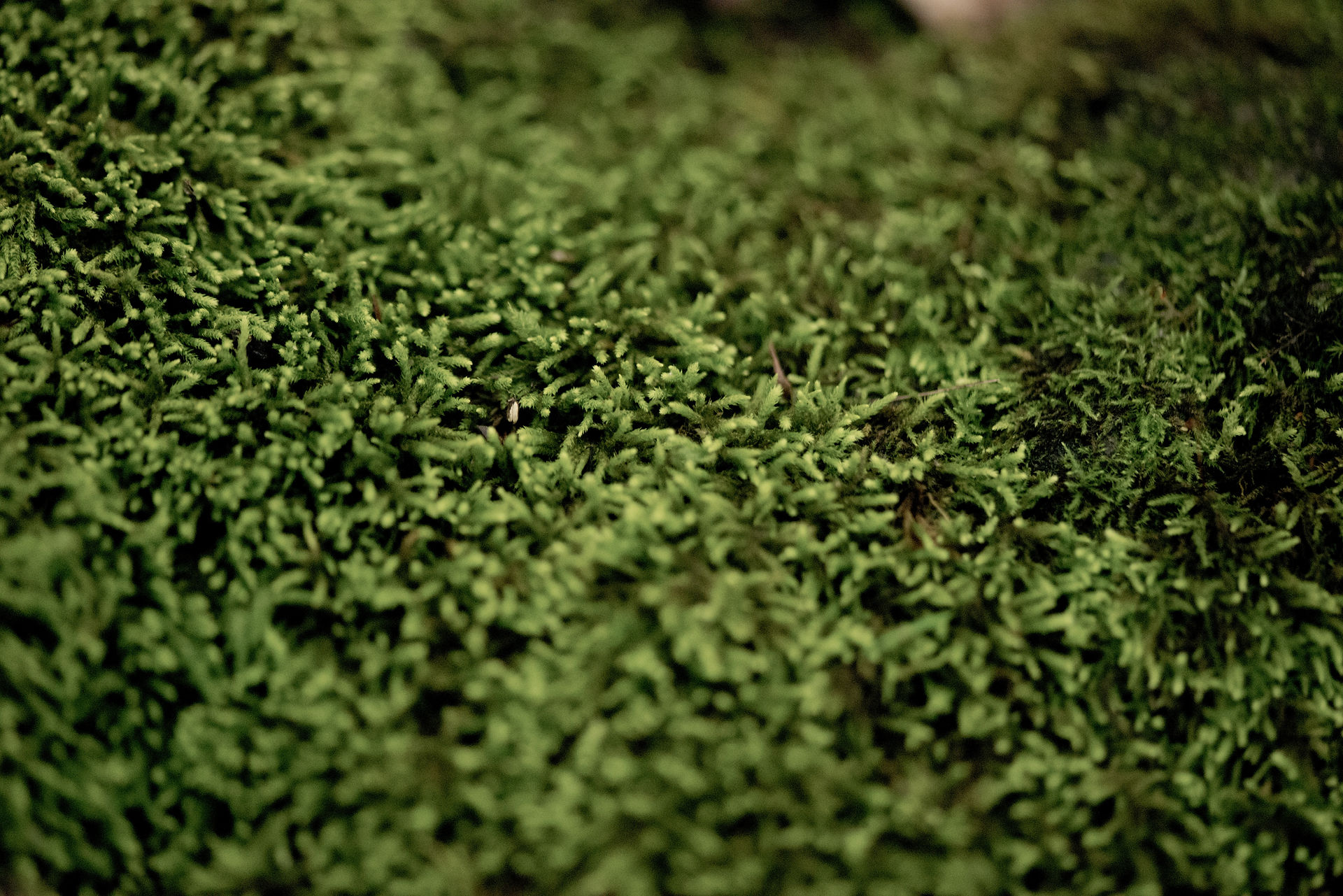
The Threat of the Death Cap in Southwest British Columbia
The Threat of the Death Cap Mushroom in Southwest British Columbia
The following website is a complete overview of a research project in the field of geographic information science conducted for the BC Centre for Disease Control, with the overview of professor Brian Klinkenberg and the help of Vivian Miao.
The aim of the research was to map and predict the distribution of Amanita phalloides, also known as Death Cap mushroom, in the City of Vancouver, and the lower half of British Columbia, Canada. A multi-criteria evaluation (MCE) was carried out to analyze the distribution and dispersion of the "Death Cap" in the city. A maxent map was also constructed to analyze distribution in British Columbia.
To analyze the risk associated with Death Cap presence in Vancouver a series of Multi-Criteria Evaluations (MCEs) were conducted using the weighted sums tool in ArcGIS version 10.5.1. In this context, risk was defined as the potential for Death Cap mushroom fruition presence, leading to human/dog consumption. The factors considered for the MCE were split into two groups: demographic factors and proximity factors. The weighting regimes for the MCEs were determined through two methods. First, the GIS analyst researched each factor and determine weights that were deemed reasonable. Second, the Analytical Hierarchy Process (AHP) was implemented through the use of the on-line software (123ahp.com). In the final AHP MCE output, 17 zones within Vancouver were deemed to be of highest risk.
Maxent was used to carry out predictive habitat modelling on the distribution of the Death Cap mushroom. The models used to carry out this analysis used the verified locations of the mushroom, trees associated with its growth, and evidence gathered from citizen sightings and poisonings. The results show that the mushroom has potential to spread around the lower mainland and Vancouver Island, creating risk for populations of those areas.
The death cap, Amanita phalloides, button stage (left) to full-size fruiting body (right).
Go to Introduction
